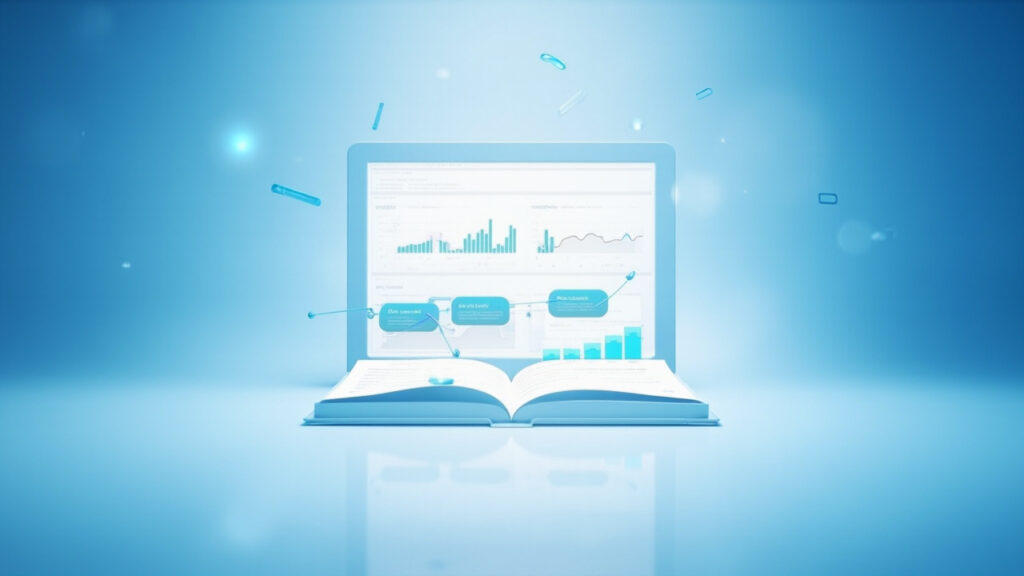In the realm of software development, quality is not just an option but a prerequisite. As digital ecosystems evolve and the complexity of software applications increases, the traditional methods of ensuring software quality are being pushed to their limits. This article explores the challenges of maintaining software quality in today’s fast-paced development environment and introduces innovative solutions that are shaping the future of software testing.
The stakes are high; a minor bug can lead to significant financial losses and damage to a company’s reputation. The pressure to reduce time-to-market while enhancing product quality requires a paradigm shift in how quality assurance (QA) is approached. Here, we delve into the role of AI in transforming software testing, with a focus on how cutting-edge tools like GenQE are revolutionizing this domain.
By the end of this read, you will gain comprehensive insights into the importance of software quality, understand the limitations of traditional testing methods, and discover how AI-powered platforms like GenQE are pivotal in delivering robust software solutions efficiently.
The Critical Role of Software Quality

In our digital age, software permeates every aspect of personal and professional life. This ubiquity makes quality not only a measure of functionality but also of security, performance, and user satisfaction. Let’s explore why maintaining high software quality is more crucial than ever.
Understanding the Impact of Poor Quality Software
Software that fails to meet quality standards can lead to dire consequences including security breaches, operational downtime, and loss of customer trust. Each of these outcomes can be costly and damaging to a brand’s reputation. For instance, in the healthcare sector, software glitches can result in incorrect patient data handling, potentially leading to critical medical errors.
The Cost Implications
According to a study by the Consortium for IT Software Quality (CISQ), poor quality software costs organizations around $2.8 trillion annually in the US alone. These costs often manifest as operational downtime, lost productivity, and increased maintenance efforts. The financial sector, for example, sees millions lost in transactions daily due to downtime caused by software failures.
User Expectations and Market Competition
In a market saturated with choices, users have little patience for unreliable applications. Quality can therefore be the differentiating factor that sways user preference and loyalty. A survey by Microsoft revealed that over 50% of users have uninstalled an application because of poor performance, which directly impacts a business’s bottom line.
The Limitations of Traditional Testing Methods

As software projects grow in complexity, the traditional methods of testing reveal their inadequacies. Manual testing processes are not only time-consuming but also prone to human error, making them less effective in today’s dynamic market requirements.
Scalability Issues
Manual testing struggles to keep pace with the rapid development cycles and voluminous codebases of modern software projects. As applications scale, manually covering every test scenario becomes impractical. For example, in the case of large e-commerce platforms, ensuring a seamless user experience across thousands of concurrent users requires extensive and rapid testing that manual methods cannot provide.
Lack of Flexibility
Traditional testing methods are often rigid, making it difficult to adapt to changes in project scope or technology swiftly. This rigidity can delay product launches and updates, significantly impacting competitive advantage.
Inefficiency and High Costs
Manual testing requires considerable manpower and is often repetitive. This inefficiency leads to higher costs and longer time-to-market. For instance, manually re-testing every feature after a small change in code is not only labor-intensive but also prone to oversights.
Introducing AI in Software Testing

Enter AI-powered software testing – a game-changer in the realm of quality assurance. AI leverages machine learning, natural language processing, and other technologies to automate and enhance the testing processes.
What AI Brings to the Table
AI significantly reduces the need for manual testing by automating complex and repetitive tasks. It also improves the accuracy of test results and provides insights that were previously unattainable. For example, AI can analyze user interactions in real-time to identify untested scenarios or predict high-risk areas for focused testing.
Examples of AI in Action
AI can predict potential problem areas in the software based on historical data, prioritize testing efforts accordingly, and even suggest corrective actions. This proactive approach was exemplified when a major online retailer used AI to detect and resolve checkout system anomalies before peak shopping hours, avoiding potential revenue loss.
Spotlight on GenQE: A Pioneer in AI-Driven Software Testing

In the landscape of AI-driven solutions, GenQE stands out as a particularly innovative platform. It effectively addresses several pain points in traditional software testing through its advanced AI capabilities.
AI-Driven Test Generation
GenQE automates the creation of test cases by analyzing software requirements, user behavior, and historical data. This not only speeds up the testing process but also ensures comprehensive coverage and efficiency. For example, GenQE was instrumental in a recent deployment for a telecommunications operator, where it reduced the test case creation time by over 70%.
Smart Test Execution
By intelligently prioritizing and executing test cases based on risk analysis, GenQE helps teams focus on high-impact areas, optimizing their efforts for better outcomes. This feature was crucial during a critical software update for a financial trading platform, where it helped to identify and address high-risk flaws in real-time.
Self-Healing Automation
GenQE’s self-healing technology adapts to changes in the UI, reducing the need for manual script adjustments and thus minimizing downtime. This capability was highlighted during a major version upgrade for a cloud storage service, where GenQE automatically adjusted over 30% of the test scripts to align with new user interface elements.
The Benefits of Leveraging AI for Software Testing

Implementing AI in testing processes brings several advantages. These benefits not only enhance the quality of software but also contribute to more strategic resource allocation and faster development cycles.
Enhanced Efficiency and Accuracy
AI-driven testing minimizes human error and accelerates the testing cycle, allowing for faster releases without compromising on quality. This has been demonstrated in sectors like automotive software testing, where AI has reduced the time to validate in-car systems by up to 50%.
Reduced Costs
Automating repetitive tasks reduces the workload on human testers, cutting down the costs related to manual testing significantly. A case study in the healthcare sector showed a 40% reduction in overall testing costs after implementing AI-driven testing solutions.
Improved Coverage
AI can analyze vast amounts of data and simulate numerous test scenarios that might be missed by human testers, ensuring more thorough testing. This comprehensive coverage is particularly crucial in areas like cybersecurity and data protection, where vulnerabilities can have disastrous consequences.
Conclusion: Embracing the Future of Software Testing
As we navigate through the complexities of modern software development, the integration of AI in quality assurance processes is not just beneficial; it’s essential. Tools like GenQE are at the forefront of this transformation, offering solutions that not only tackle current challenges but also pave the way for future innovations.
Embracing these technologies will not only streamline your testing processes but also enhance the overall quality of your software products. For organizations aiming to stay competitive and maintain high standards, exploring AI-powered testing tools like GenQE could be a significant step forward.
Let us harness the potential of these advanced technologies to build software solutions that are not only efficient but also robust and user-centric. The future of software quality is here, and it is smarter and more reliable than ever.
Discover More Innovative Solutions
Want to learn more about the tools and technologies discussed in this article? Explore how these innovations can be tailored to your specific needs and workflow requirements.
Our team of experts is available to answer your questions and provide personalized insights into how modern solutions like GenQE can address your specific challenges.